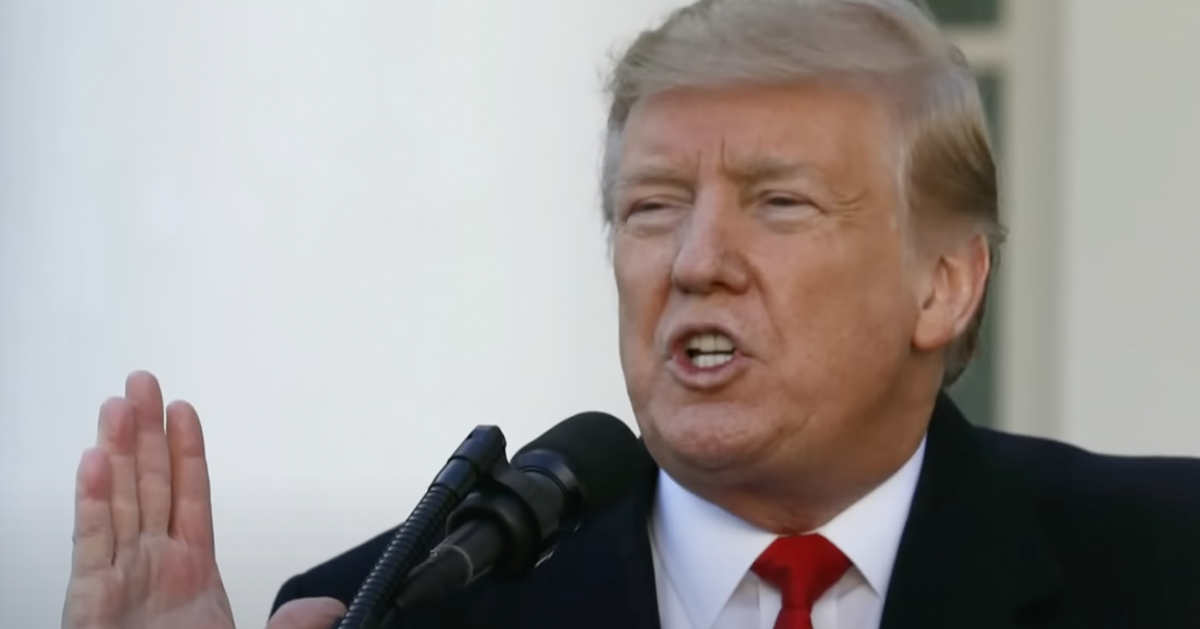Kamala Harris Challenges Stein's Influence in Wisconsin
Vice President Kamala Harris has set her sights on the swing state of Wisconsin, aiming to mitigate any impact from Green Party candidate Jill Stein that might affect her 2024 campaign against former President Donald Trump.
Harris is concerned that Stein, capturing around one percent of Wisconsin’s vote, could sway crucial margins in her close contest with Trump, Breitbart reported.
The concern stems from the 2016 presidential election, where Jill Stein played a notable role in several key states. In Wisconsin, for instance, Stein amassed over 31,000 votes, surpassing the slim margin by which Hillary Clinton was defeated. This historical context fuels Harris's apprehensions, compelling her to assertively address the potential vote split.
Harris Strategizes to Secure Swing State
Targeting Stein, Harris has launched a series of attack ads in Milwaukee, strategically emphasizing Stein's associations with contentious figures like David Duke and Vladimir Putin. These ads represent a tactical maneuver, utilizing Harris's well-funded campaign resources to address the potential electoral pitfalls posed by Stein’s candidacy, particularly in Wisconsin.
According to the latest Marquette poll, Harris and Trump are virtually neck and neck in Wisconsin, underscoring the stakes at play. The one percent vote share seemingly pledged to Stein, although minor at face value, harbors the potential to deter Harris's prospects in this decisive battleground.
Democrats express unease over Stein's candidacy, fearing it might bolster Trump by siphoning crucial votes from Harris. This concern resonates across pivotal regions, including Pennsylvania and Michigan, where Stein remains a presence on the 2024 ballot.
Voter Dynamics in the Blue Wall States
For Vice President Harris, success hinges significantly on reclaiming the "Blue Wall" by securing victories in states like Pennsylvania, Michigan, and Wisconsin. These states were critical in past elections, delineating the thin lines between winning and losing margins.
Preserving this delicate balance is contingent not only upon robust Democratic turnout but also on mitigating third-party disruptions. The fear is that even a small shift in voter allegiance toward Stein could tip the scales in Trump’s favor, a scenario that Democrats fervently wish to avoid.
Conversely, Trump’s campaign eyes these very states as pivotal to reaching the required 270 Electoral College votes. His strategy may involve recapturing Georgia and North Carolina while flipping other contested regions.
Implications of Stein’s Campaign Efforts
Despite Jill Stein's limited national appeal, her enduring presence in swing states draws considerable attention due to her potential to influence very tight races. As a result, the ongoing narrative prompted Newsweek to articulate these concerns, reiterating the consequential role of third-party candidates like Stein in tightly contested scenarios.
For many Democrats, the specter of 2016 looms large, thus invigorating efforts to preemptively counterbalance Stein’s influence. This includes deploying targeted communication strategies to sway undecided voters and reaffirm Harris’s electoral narrative.
At the same time, Harris’s campaign continues to leverage its financial advantages, thereby facilitating widespread outreach and strategic advertising, particularly in contested areas within the Blue Wall.
The Battle for Voter Allegiances
As the election nears, maintaining voter loyalties becomes imperative for Kamala Harris. The narrative woven around Stein serves to spotlight the importance of every vote, a sentiment echoed by Democrats wary of past election outcomes.
Navigating the complex voter dynamics in Wisconsin requires an acute awareness of historical precedents and voter sentiment. This entails harmonizing various campaign elements to fortify Harris’s position as a formidable candidate against Trump.
Strategists on both sides continue to scrutinize polling data, refining campaign messages to appeal to Wisconsin’s diverse electorate. This analysis helps shape pivotal decisions concerning campaign trajectory and voter engagement efforts.
Concluding Thoughts on the 2024 Election
As Kamala Harris and Donald Trump vie for Wisconsin's electoral votes, the potential disruption posed by Jill Stein remains a pertinent issue. This complex landscape underscores the strategic nature of modern political campaigns, highlighting the impact of even marginal influences.
The vigilance encapsulated in Harris’s approach reveals not only a defensive posture but also a proactive attempt to safeguard her electoral prospects. Moreover, this calculated vigilance serves as a testament to the high-stakes environment of the 2024 presidential race.
For voters and political observers, this unfolding scenario illustrates the multifaceted challenges inherent in securing electoral success. The interplay of strategy, perception, and voter turnout will ultimately define the contours of this critical campaign battle.




